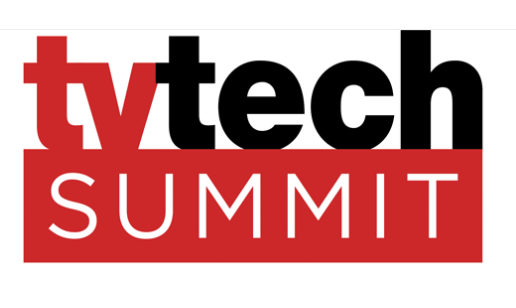
I was asked to moderate discussions and facilitate a keynote Q&A during the 2021 TV Tech Summit on Nov. 15.
To be completely clear, I am writing this before the summit happens. But two of my three assignments—a moderator of a session on ATSC 3.0 and 5G and the interviewer during a keynote featuring Michael Davies, senior vice president of technical and field operations at Fox Sports—were pre-recorded. The third, an interview with Ian Fletcher, chief application designer at Grass Valley, happened live during the event, but the two of us conducted a pre-event interview—so I have a preview.
Here are my top five TV Tech Summit takeaways:
No 5 Value Proposition: NextGen TV by itself or in combination with 5G gives local broadcasters a way to make their ad inventory far more valuable to advertisers as the standard brings the targeting, attribution and metrics to television that advertisers have been demanding, said Jimshade Chaudhari, senior vice president of product at Marketron.
No. 4 Core breach: No, we’re not going to have to eject our warp core. But what will happen is the 5G core network will open a pathway to interconnect with a future ATSC 3 broadcast core network, said Joel Wilhite, senior systems design engineer at Harmonic. That will make possible everything from a 5G back channel to tether NextGen TVs for personalization and interactivity to second-screen applications and NextGen TV remote control from a consumer’s 5G smartphone.
No. 3 Silos are collapsing: Workflow silos at stations once made sense. A master control operator runs a master control switcher; a technical director runs a production switcher; an editor edits with an NLE and so forth and so on. But in the cloud, these workflow silos are collapsing, said Fletcher.
Sure, if a master control operator or technical director feels more comfortable working with virtualized equivalents of their real-world switchers, they can. But they don’t have to, nor does anyone else, meaning over time the silos will give way completely to highly customized workflows tailored to the specific needs of a given broadcaster or media organization.
The professional video industry's #1 source for news, trends and product and tech information. Sign up below.
No. 2 All out remote sports production isn’t a slam dunk: To be sure the pandemic accelerated adoption of one form or another of remote model integrated (REMI) production, said Davies during his keynote Q&A. However, a variety of factors, including latency and significant capital investment in existing production gear, mean trucks will go to venues far into the future, even if most crew don’t. Plus, the highest profile events are likely to be produced on site for years to come.
No. 1 Over-the-air TV audience is growing: Todd Achilles, CEO of 3.0-based pay-TV service Evoca TV, predicts next year will see the number OTA households in Boise, Idaho, one of his first markets, pushing past 50%. Around the country, he is predicting OTA household growth as well, but not to that level—yet.
Be sure to take advantage of the TV Tech Summit the next time it comes around. I’m sure you’ll glean some fresh insights of your own.
[Fall TV sessions and keynotes can be viewed for free on demand here.]
Phil Kurz is a contributing editor to TV Tech. He has written about TV and video technology for more than 30 years and served as editor of three leading industry magazines. He earned a Bachelor of Journalism and a Master’s Degree in Journalism from the University of Missouri-Columbia School of Journalism.

